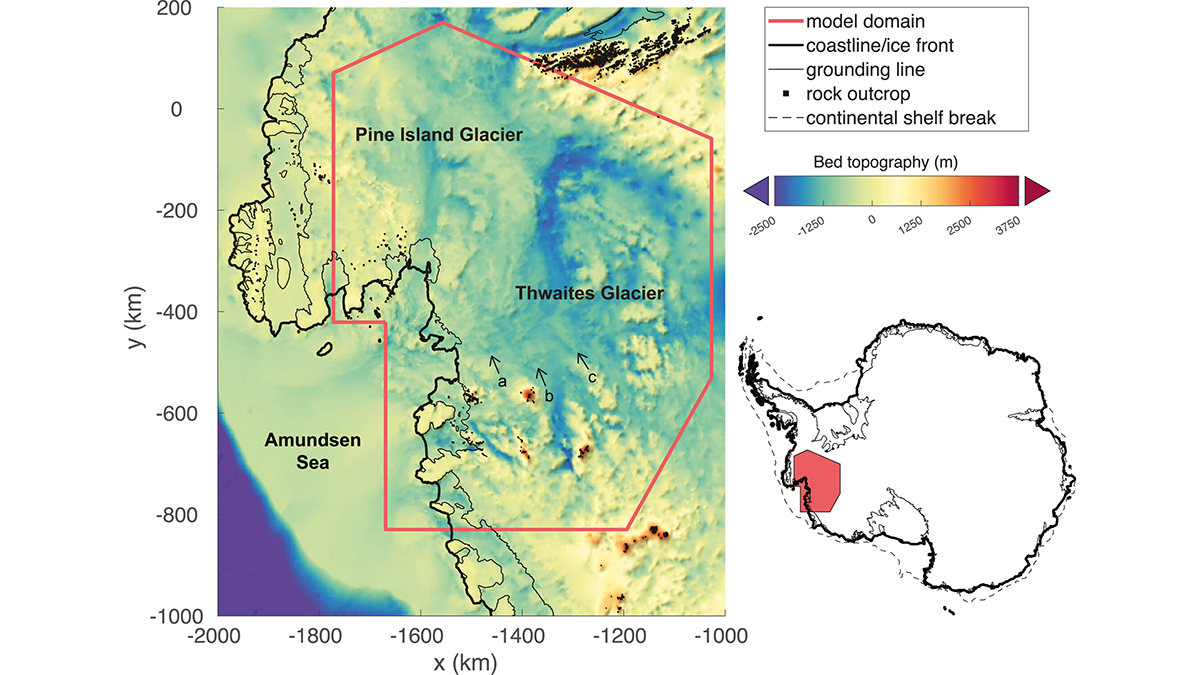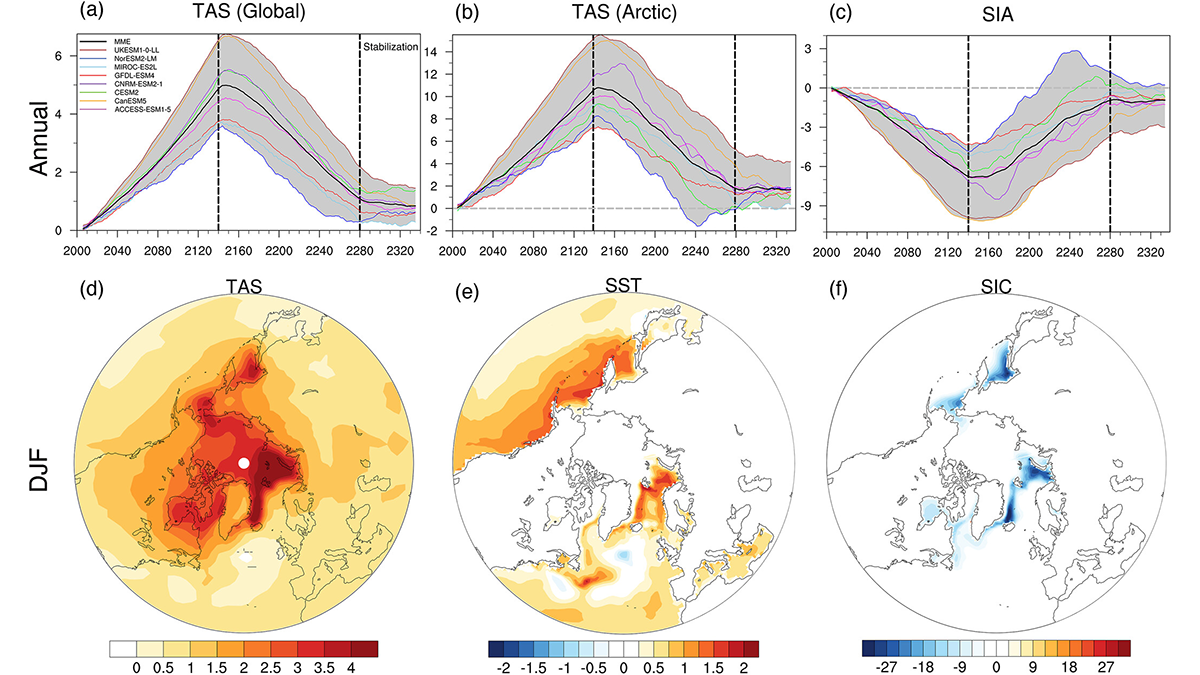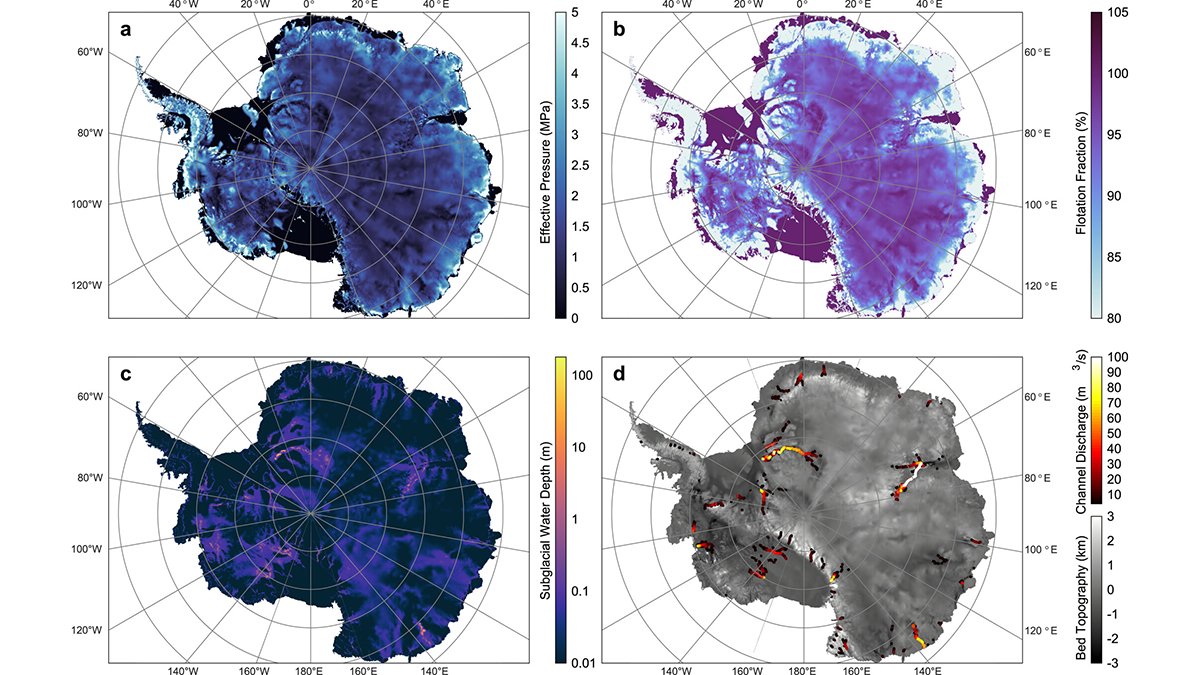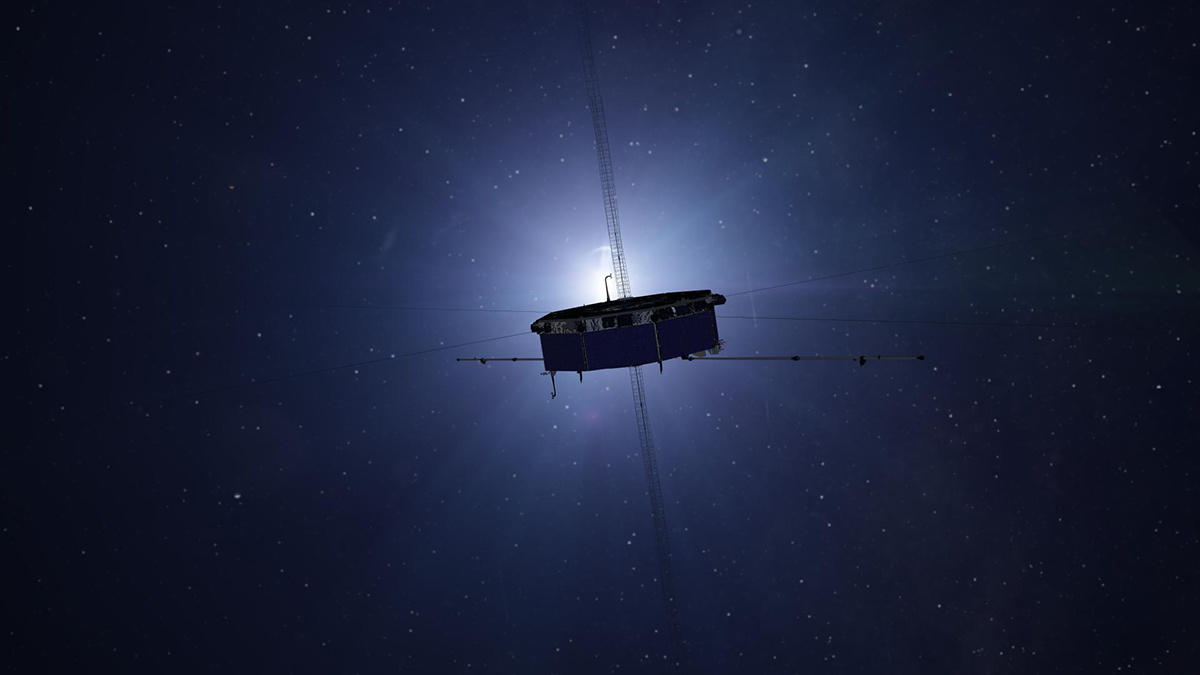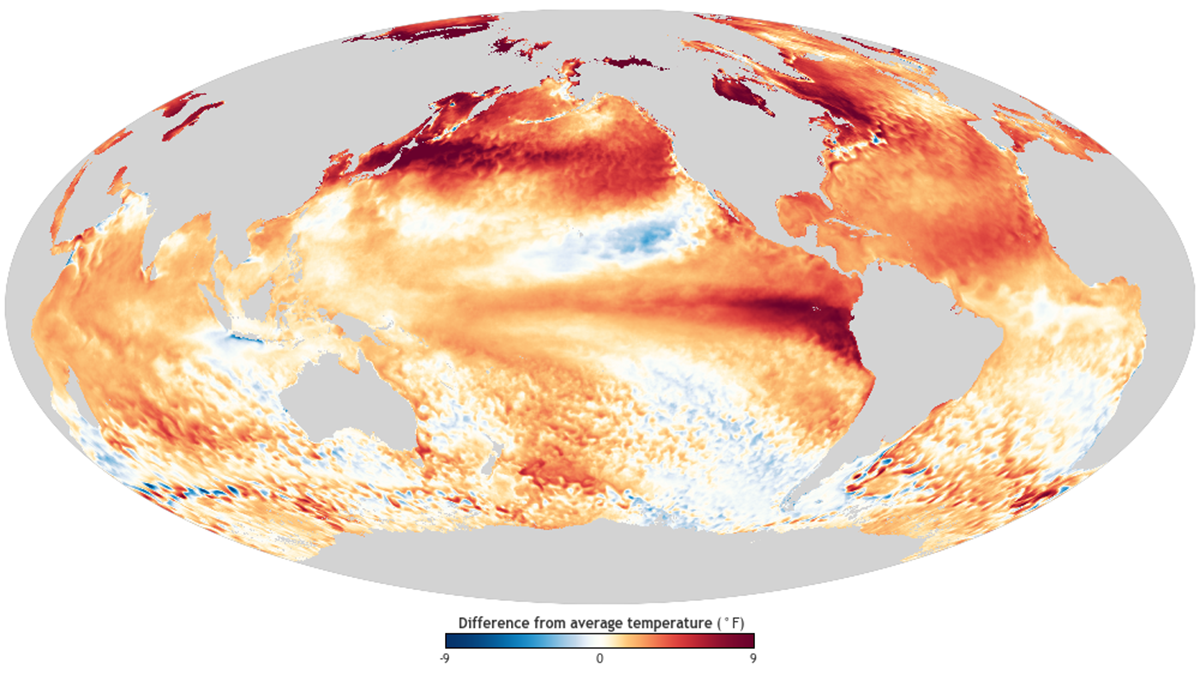New Antarctic ice core data bolster model predictions of ocean heat content during glacials and interglacials.
Geophysical Research Letters
Nonlinear Dynamics May Lead to Faster Retreat of Antarctic Ice
The Antarctic ice sheet behaves like a non-Newtonian fluid and may be more nonlinear than previously thought. This impacts its future stability and requires revisions to predictions of sea level rise.
New Insights into an Enigmatic Form of Magnetic Reconnection
A new study deepens understanding of magnetic field behavior recently discovered by NASA in Earth’s magnetosphere.
Arctic Sea Ice After CO2 Recovery: Implications for North Atlantic Weather
Incomplete Arctic sea ice recovery results in equatorward-shifted winter jets. The North Atlantic jet shift is particularly uncertain due to the ocean circulation acting as an additional driver.
Peatland Plantations in Southeast Asia are Carbon Hotspots
A new study reports a rare set of data on greenhouse gas production and transport for a tropical peatland plantation showing exceptionally high concentrations of dissolved organic carbon.
Subglacial Hydrology Under the Antarctic Ice Sheet
Using simulations of subglacial hydrology, a new study shows the volume and movement of meltwater underneath the Antarctic Ice Sheet.
Los lagos y estanques de Alaska revelan los efectos del derretimiento del permafrost
Un nuevo conjunto de datos proporciona un método poderoso para rastrear fácilmente los cambios en el permafrost.
Heating Mechanism at Earth’s Bow Shock Depends on Shock Speed
A new technique shows that the dominance of gradual versus chaotic electron heating processes at Earth’s bow shock is controlled by how fast the shock is moving.
Alaska’s Lakes and Ponds Reveal Effects of Permafrost Thaw
A new dataset provides a powerful method for easily tracking changes in permafrost.
Three Studies Point to El Niño as Key to 2023 Record Global Heat
Three recent studies reveal how the interplay between El Niño and long-term global warming drove the record-breaking global temperatures of 2023.


